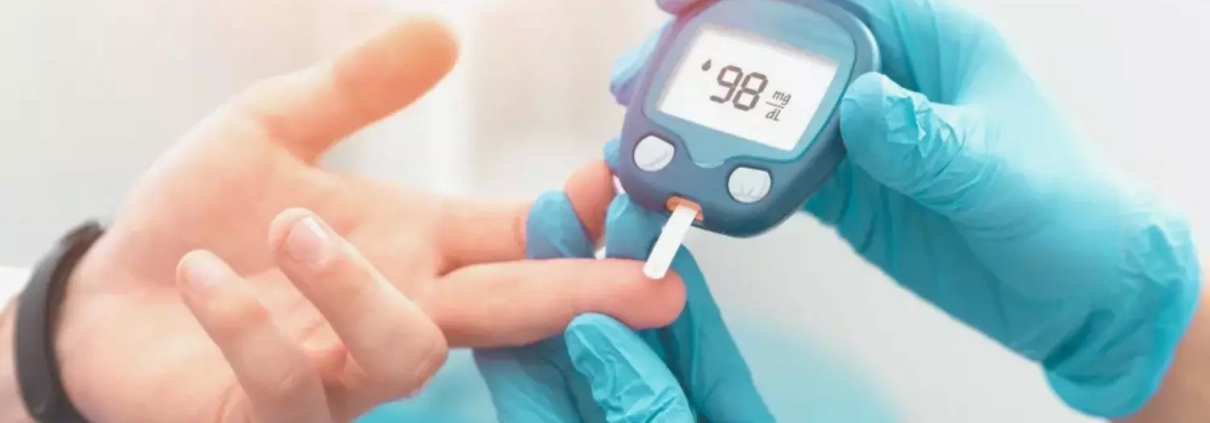Use of computerized insulin order may improve blood sugar control in hospitalized cardiac patients

Saudi Arabia: A recent study published in Cardiovascular Endocrinology & Metabolism has shed light on the effect of implementing computerized insulin order sets for managing hyperglycemia in hospitalized cardiac patients.
The researchers revealed an association between using computerized insulin order sets and potential improvements in fasting and random glycemic control without raising the risk of hypoglycemia or hyperglycemia.
Diabetes is a global health problem affecting 537 million people worldwide, and this number may rise to 783 million in 2045, according to the International Diabetes Federation. Glycemic control is pivotal in managing hospitalized patients with type 2 diabetes mellitus (T2DM), and it presents as a clinical challenge in the cardiac population.
There is no published evidence to determine the effectiveness of insulin order sets to control BGLs in the cardiac population in Saudi Arabia. Considering this, Raed Ehsan Kensara, King Abdullah International Medical Research Center, Saudi Arabia, and colleagues aimed to determine the impact of computerized insulin order sets in type 2 diabetes hospitalized cardiac patients in a quasi-experimental, pre- and post-study design.
The study included T2DM patients hospitalized for at least 3 days. Those undergoing cardiac surgery were excluded. The study’s primary endpoint was determined as the mean difference in random blood glucose level (BGL) before and following the implementation of insulin order sets. The secondary endpoints were to compare the median differences in fasting BGLs and the number of hypoglycemic and hyperglycemic episodes during the first seven days.
The study comprised three phases: pre-implementation, intervention and post-phase. Insulin order sets were integrated into the electronic prescribing system in the intervention phase, and education was provided to the cardiology department. The post-phase included the patient’s post-implementations. During the study period, a total of 194 patients were enrolled.
The study revealed the following findings:
- The mean random BGL was 11.17 mmol/L, 95% CI, 10.6–11.7 in the pre-phase and 9.5 mmol/L, in the post-phase.
- The median fasting BGL was 9.2 mmol/L in the pre-phase and 8.5 mmol/L, in the post-phase.
- The number of hypoglycemic episodes was 24 in pre-phase and 33 in post-phase.
In the quasi-experimental, pre- and post-study, “we found that the designed subcutaneous insulin treatment protocol integrated as order sets into the hospital computerized prescriber order entry (CPOE) system positively affected improving random and fasting BGLs in cardiac diabetic patients without increasing hypoglycemia risk,” the researchers wrote.
“Future research directions are to design insulin treatment protocols for glycemic control in the critical care setting, implement the protocol as an order set and then evaluate the impact of the insulin order sets in this population,” they concluded.
Reference:
Kensara, Raed Ehsana,b; Ismail, Sherina,b,c; Aseeri, Mohammeda,b,d; Hasan, Hania,b; Al Rahimi, Jamilahb,d,e; Zarif, Hawazenb,d,f; El Khansa, Saraa,b. The impact of the implementation of computerized insulin order sets for the control of hyperglycemia in hospitalized cardiac patients. Cardiovascular Endocrinology & Metabolism 13(1):e02961, March 2024. | DOI: 10.1097/XCE.0000000000000296



